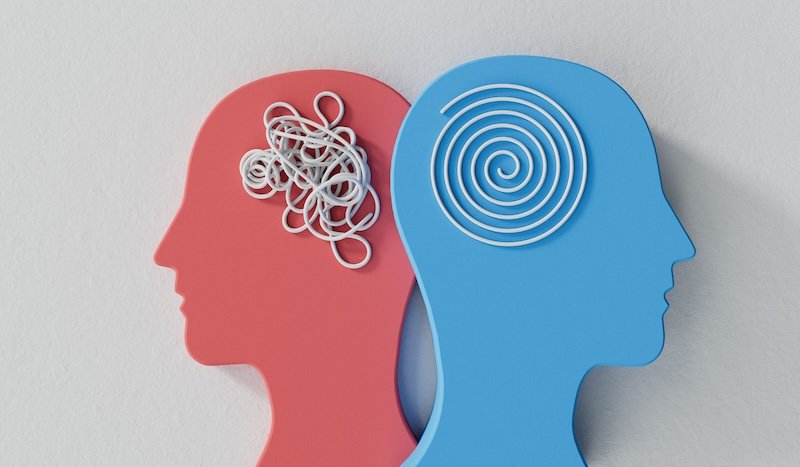
Gamification works by leveraging people's natural desires for competition, achievement, and collaboration. By introducing game mechanics such as points, badges, leaderboards, and challenges, gamification can motivate individuals to take action, thereby driving behavior change.
Gamification and Behavior Change
The key to behavior change lies in motivation, ability, and triggers, according to BJ Fogg's Behavior Model. Gamification can effectively influence all three factors.
Motivation: Gamification increases motivation by making tasks enjoyable. The prospect of earning points or badges, or of achieving a higher rank on a leaderboard, can inspire individuals to take action.
Ability: Gamification can help individuals develop the skills needed for behavior change. For instance, educational gamification can facilitate learning, while fitness apps with gamified elements can guide users in performing exercises correctly.
Trigger: Gamified systems often incorporate reminders or prompts that act as triggers. These can be notifications about pending tasks or alerts about nearing a milestone or reward.
Case Studies: Gamification in Action
Several organizations and industries have successfully used gamification to drive behavior change.
Duolingo: This language-learning platform uses gamification to make learning a new language fun and engaging. Users earn points for correct answers, race against the clock, and level up as they become more proficient.
Fitbit: Fitbit uses gamified elements to encourage users to lead healthier lives. Users can track their steps, compete with friends, earn badges, and receive personalized insights, all of which promote physical activity.
The Future of Gamification
With technological advancements like Virtual Reality (VR) and Augmented Reality (AR), the potential for gamification is expanding. These technologies can create immersive gamified experiences, further enhancing engagement and motivation.
Moreover, personalized gamification, which tailors game elements to individual users' preferences and needs, is likely to become more prevalent. This approach can make gamification even more effective at driving behavior change.
Conclusion
Gamification is a powerful tool for driving behavior change. By tapping into people's inherent love for games, this approach can motivate individuals, develop their abilities, and prompt them to take action. As technology continues to evolve, the potential for gamification in driving behavior change is likely to grow even further.

